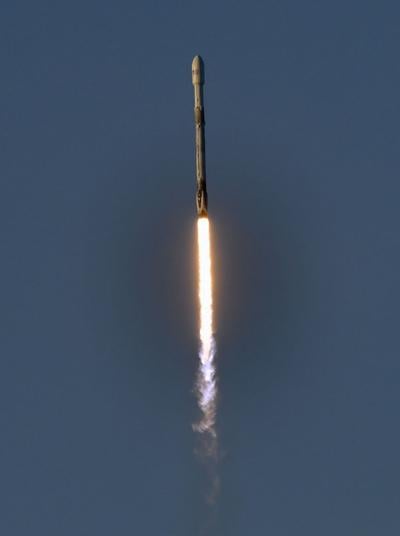EI7GL has a really interesting blog post about a VHF system used at White Sands to accurately track early rocket tests: https://ei7gl.blogspot.com/2025/05/369-mhz-doppler-radar-antenna-at-white.html
He has nice picture of the antenna. The plaque has the interesting info:
The plaque on display reads as follows...
"36.9 Megahertz Helix Antenna Doppler Velocity and Position (DOVAP)
Reference Transmitter Antenna
Developed during World War II by the Germans as part of a V-2 guidance and control system, DOVAP traced the course of a rocket using the Doppler Effect caused by a target moving relative to a ground transmitter and receiving stations.
Unlike radar, Dovap did not allow scientists to "see" the rocket on a screen. Instead, it sent up radio waves, which were received and rebroadcast back to earth by the rocket. The returned waves combined with the original ground broadcast and produced a musical tone which varied with the rocket's speed - the faster the rocket, the higher the pitch.
DOVAP data was extremely accurate: it could place a rocket's position at 100 miles up within 50 feet. It could collect data at the extreme altitudes of 100 to 300 miles. Dovap's disadvantage was that it took 3 to 4 weeks to reduce the data.
The antenna is a helix because of its physical and electronic characteristics. A helix is simple to construct and operate, provides necessary signal gain and directivity, and can be operated in several modes or polarizations.
The DOVAP system provided trajectory data and ground guidance for most of the early rocket systems: Corporal, Sergeant, Honest John, Little John, Redstone, and Aerobee Upper Atmosphere programs.
This particular antenna was built in the mid-1960s near C Station. Like much of the early instrumentation used here, it was designed and built at White Sands Missile Range.
Erected by White Sands Missile Range Museum. (Marker Number 06.099.)"













